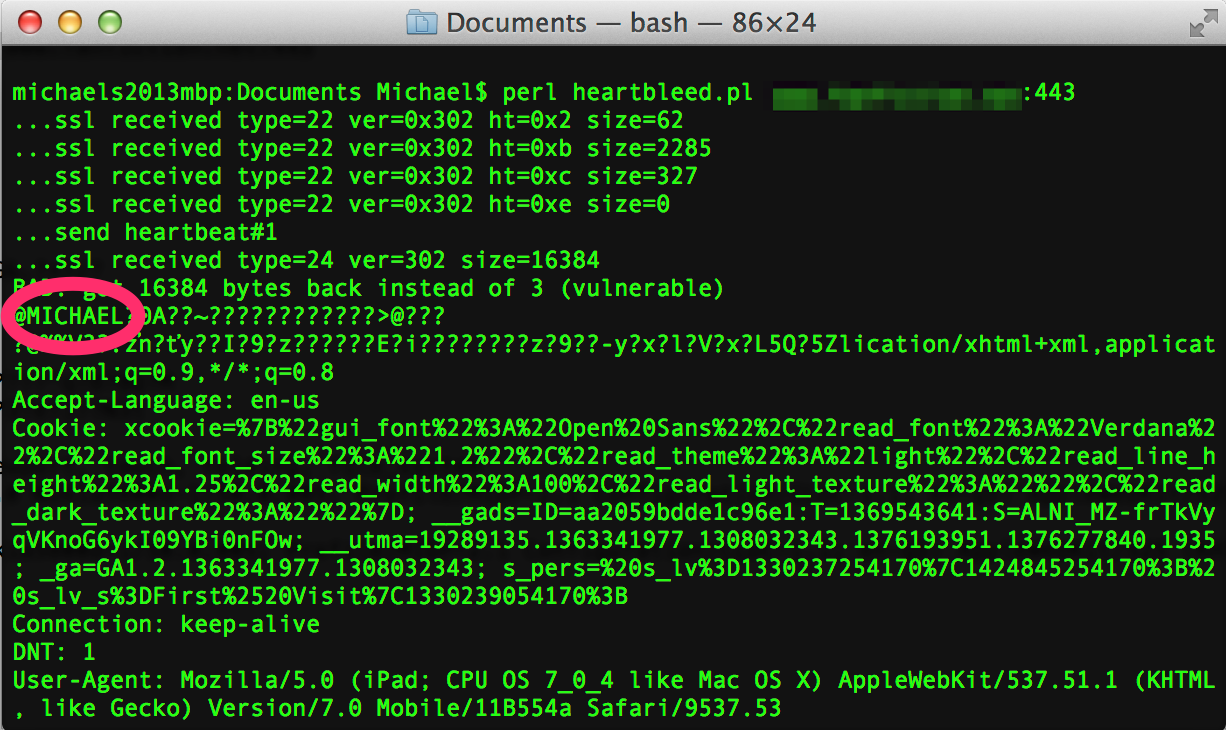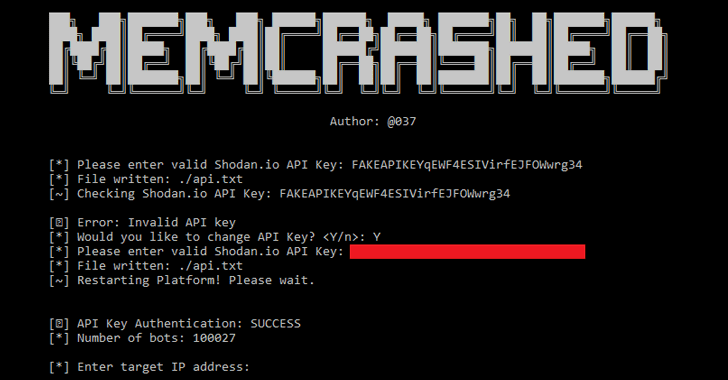

- #Which servers are vulnerable for slowloris attack software#
- #Which servers are vulnerable for slowloris attack windows#
Usually, Windows Defender is good, but in some cases, you may need something more powerful as an enterprise-grade solution. You will want to have some form of antivirus protection on your server. If it’s on a network, any infected device on that network could spread malware to it. If they’re accessible to the internet, roving malware can find its access point. Servers are just as vulnerable to malware as personal computers. If one of your VMs is maxing out on CPU or memory, and if you’ve configured them to use a flexible amount of processing power, they may be sapping a lot of your server’s resources. You may also want to check the tasks on your virtual machines (if you’re running any). If necessary, contact the employee responsible for the offending application. When you identify a problem process, you can investigate what it is and determine if it can be killed and restarted, if it’s malicious software, or what the problem may be. Check the Processes tab and sort it by CPU usage or by memory usage, to see which processes are taking up so many resources. Are either of those options maxed out at 100% or otherwise higher than you expect them to be? If so, you may have a problem. Under CPU usage and Physical Memory, there are percentages. To check this, open up your task manager the usual way, such as with CTRL-SHIFT-ESC or by right-clicking the taskbar and choosing task manager from the menu.įirst, check the bottom of the window. Along with the process name, it can show additional information, including the RAM and CPU usage that process is consuming at any given time.Ī common cause of a slow Windows Server 2012 R2 installation is a process that is consuming exceptionally large amounts of resources. Your task manager shows, among other things, all of the processes running on your machine. Check for CPU or RAM Consuming ProcessesĮvery Windows computer, whether it’s a server or a PC, has a task manager. You can also strip existing names from compatible files, though doing so might not affect performance. If it’s enabled, and you’ve confirmed you don’t need it, you can disable it by typing fsutil 8dot3name set d: 1, where d: is your volume name again.

In the command prompt, type fsutil 8dot3name query followed by your volume designation, such as D : – this will show you whether or not you have this option enabled. If you don’t require support for legacy equipment or short names, you can disable this compatibility option to speed up file indexing and creation. Short File Names for DOS 8.3 is a backwards compatibility feature. Either way, the option is found in the local computer policy menu under power options. You can set the power plan per-device as a local machine policy, or for all of your servers as part of a group policy. By changing to a high-performance power plan, you can guarantee the processors run at 100% at all times, so all resources are ready and available when needed. When load changes, this can cause slow performance and delays as the server adjusts. Power plans for servers dynamically scale the clock speed of the processors to meet the needs of the server at any given time. And, of course, don’t change anything you don’t have the authority to change if you need to talk to your IT staff, do that instead.Ĭontact an Expert for Remote Assistance Switch to High-Performance Power Note down any changes you make and when, so you can diagnose if those changes cause problems down the line. Before you dig in, though, we recommend backing up your data and configurations. A fault in any of those components can lead to all manner of problems.īelow, we’ve compiled a list of potential problems you can check for so that you can troubleshoot a slow server. Likewise, their RAM is still RAM, their hard drives are still hard drives, and their processors are still processors. A server running Windows Server 2012 R2 can have a wide range of configuration problems, settings that hinder performance, and even simple memory leak problems.
#Which servers are vulnerable for slowloris attack software#
More importantly, they can have just as many hardware and software issues as any other machine.

They don’t have a user installing browser toolbars or opening sketchy emails, but they can still be infected with malware just like any other machine. They can have all of the same sorts of issues that regular computers do, except they tend to be more regimented in their operation. The reality is that servers are just big computers, often running specialized software. Problems might be blamed on “the servers” when they have nothing to do with your actual server infrastructure. They are computers that are orders of magnitude more powerful than your typical desktop, and as such, they rarely if ever experience issues. An impression many people get is that servers are static and inviolable.


 0 kommentar(er)
0 kommentar(er)
